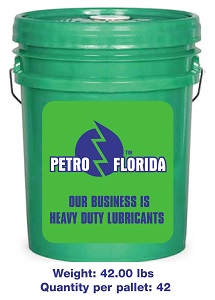Description
Global Prediluted 50/50 Antifreeze.
Antifreezes are cooling fluids for a car cooling system that do not freeze at low temperatures. They consist of a dihydric alcohol – ethylene glycol (65%), water (35%) and anticorrosive additives, which chemists call inhibitors – corrosion inhibitors.
The basis is a glycol-water mixture, on which depend: the ability of antifreeze not to freeze at low temperatures, its specific heat, viscosity and effect on rubber. The most common cooling liquids based on ethylene glycol. But its aqueous solution is aggressive to the materials of the cooling system components (steel, cast iron, aluminum, copper, brass, solder).
Therefore, a complex of additives is added to the coolant: anticorrosive (inhibitors), antifoaming and stabilizing agents.
There are many standards for coolant: in the USA – ASTM D3306, D4340, D4656 and others (they are constantly updated), in England – BS 6580, in France – AFNOR NFR 15-601. They determine the characteristics of antifreezes: density, crystallization start temperature, corrosive effect on metals, impact on rubber, stability in hard water – and regulate tests for their verification.
TERM OF THE COOLANT LIQUID SERVICE
During operation, the cooling fluid ages – the concentration of inhibitors gradually decreases in it, the heat transfer decreases, the propensity to foaming increases, and unprotected metals intensively corrode. The resource of antifreeze directly depends on its quality and mileage of the car.
The term of antifreeze replacement is prescribed by the car factory or the manufacturer. Usually antifreeze should be changed once in 2-3 years. On modern cars, the term of antifreeze replacement can be more than 5 years or 250 000 km of run. For example, Volkswagen adheres to such a schedule for replacing the antifreeze filled in a new car.
Further, we list the signs when the cooling liquid ages.
is formed on the inside of the neck of the expansion tank, with negligible negative temperatures (minus 10-15 ° C), it is markedly turbid, precipitate, often the radiator fan assembly is activated.
When there is at least one of these signs, the antifreeze needs to be replaced at the first opportunity;
If the antifreeze becomes brown. This coolant must be replaced immediately, no matter how much it has served.

